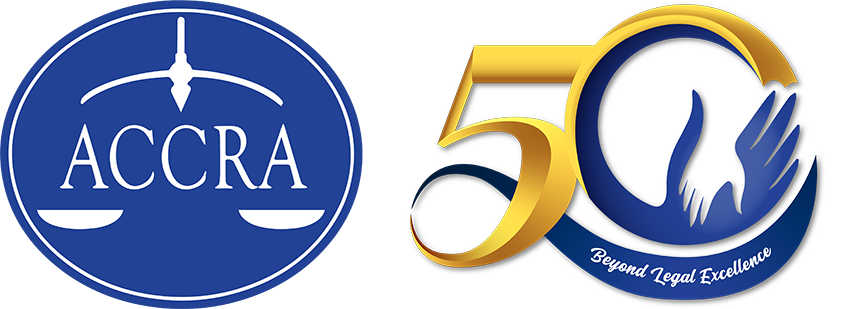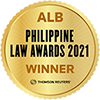In line with its goal to deliver timely and quality patents, utility models and industrial designs, the Intellectual Property Office of the Philippines (IPO) recently released the Manual for Patent Examination Procedure (MPEP). The MPEP describes in detail certain procedures and practices on matters of patent law and interpretation and serves as a comprehensive guide for administrative officers and patent examiners of the IPO and the general public.
The MPEP is divided into two (2) parts.
Part 1 of the MPEP outlines the procedures for the filing of papers with the IPO, formality examination of applications, publication, granting and post-grant of patents, registration of utility model and industrial designs, Patent Cooperation Treaty procedures, and the Community Review Process. Substantive requirements of these procedures are explained in Part 2.
At the same time, the IPO released the following Examination Guidelines on inventions that deal with specialized emerging technologies:
GUIDELINES ON THE EXAMINATION OF INFORMATION COMMUNICATIONS TECHNOLOGY AND COMPUTER-IMPLEMENTED INVENTIONS
These guidelines are meant to assist patent examiners in assessing whether patent applications involving the fields of information communications technology (ICT) and computer-implemented inventions (CII) are patent eligible. ICT refers to the totality of electronic means to assess, create, collect, store, process, receive, transmit, present, and disseminate information. On the other hand, CII are inventions that involves computers, computer networks, or other programmable apparatus whereby prima facie one or more of the features of the claimed invention are realized by means of a program or programs. In particular, the ICT and CII guidelines aim to equip examiners with the ability to determine whether the combination of non-patentable subject matters with technical means or hardware in ICT related patent claims constitute “technical character.” Having technical character is an implicit requirement under the Intellectual Property Code in order for an invention to be patentable.
GUIDELINES ON THE EXAMINATION OF BIOTECHNOLOGICAL APPLICATIONS (BIOTECH GUIDELINES)
The Biotech Guidelines were formulated to address technical and ethical issues that the IPO has encountered with respect to patent applications involving the production, modification, and utilization of biological materials. Aside from providing important definition of biotechnology-related terms in the context of patent law as well as examples of eligible and non-eligible subject matters, these guidelines put together the best practices when examining biotechnological inventions, and guide the examiners to the most appropriate approach to most cases.
REVISED GUIDELINES ON THE EXAMINATION OF PHARMACEUTICAL APPLICATIONS INVOLVING KNOWN SUBSTANCES (QUALITY UNIVERSAL ACCESSIBLE MEDICINES ACT GUIDE)
The Quality Universal Accessible Medicines Act Guide is the administrative interpretation of the amendments to the IP Code pursuant to Republic Act No. 9502 or the Universally Accessible Cheaper and Quality Medicines Act of 2008. It focuses on the methodology to be observed by patent examiners when examining patent applications involving drugs or medicines involving known substances.
It bears noting that the MPEP and the aforementioned guidelines were issued to streamline procedures, clarify substantive matters, and accommodate emerging technologies such as computer-related inventions, biotechnology, and applications involving drugs or medicines involving known substances. These guidelines do not constitute legal provisions. Therefore, in exceptional cases, patent examiners may depart from these guidelines. Patent applicants should still carefully check whether their applications are aligned not only with these guidelines, but also with the Intellectual Property Code and existing rules and regulations.




